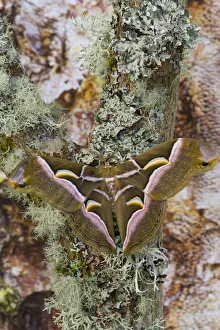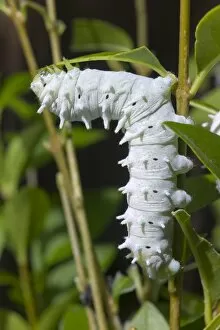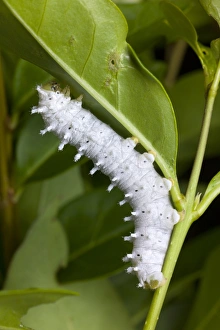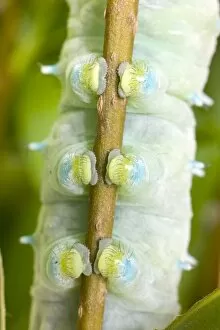Samia Cynthia Collection
"Discover the Fascinating World of Samia Cynthia
All Professionally Made to Order for Quick Shipping
"Discover the Fascinating World of Samia Cynthia: From Caterpillar to Silkmoth" Witness the incredible transformation of a Samia cynthia caterpillar as it feeds on a leaf, preparing for its journey towards becoming a majestic silkmoth. A captivating snapshot from Sammamish, Washington captures the beauty of a silk moth in all its glory - meet Samia cynthia. Another stunning photograph from Sammamish, Washington showcases the intricate details and vibrant colors of this remarkable silk moth species, known as Samia cynthia. Marvel at nature's artistry as you observe a silkmoth larva diligently spinning its cocoon, creating an enchanting sanctuary for its metamorphosis. Step into the world of Chinese silkmoths and witness their adorable caterpillars feeding voraciously on leaves – truly a sight to behold. Get up close and personal with the final instar larva of a magnificent silkmoth species like never before - prepare to be amazed by their size and unique characteristics. Feast your eyes on the fourth instar Chinese silkmoth larvae as they devour foliage with gusto – these hungry critters are fueling themselves for their upcoming transformation. Capture an extraordinary moment when a silkmouth larva is about to moult, shedding its old skin in preparation for growth and development into adulthood. Behold an awe-inspiring collection of cocoons belonging to Chinese silkworms - each one holds within it the promise of new life and delicate threads waiting to be spun. Take note of the abdominal legs adorning each segment of a silky smooth samia cynthia larva - these specialized appendages play an essential role in locomotion during their early stages. Delve into nature's treasure trove with mesmerizing cocoons that house future silkmoths; witness firsthand how these intricate structures protect and nurture the delicate pupae within.
















